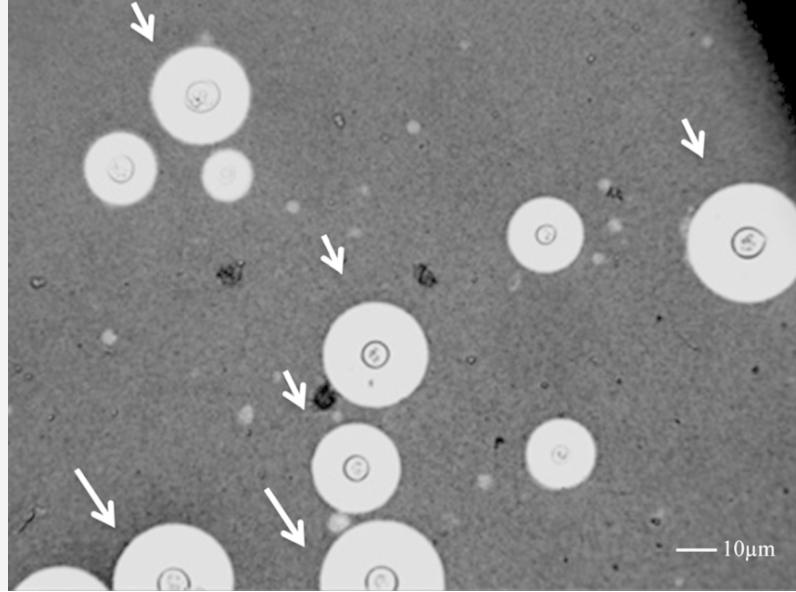Micro II - fungi, virus, mycobacteria, parasites
1/52
There's no tags or description
Looks like no tags are added yet.
Name | Mastery | Learn | Test | Matching | Spaced |
|---|
No study sessions yet.
53 Terms
Mycobacteria
A family of actinobacteria, genus of acid fast gram positive bacilli - obligate aerobes
TB, leprae, nontuberculous mycobacteria
3 main groups of mycobacteria
Sputum (1st morning is preferred)
Specimens for Mycobacteria - process under the hood (aerosol risk)
Ziehl-Neelsen (Most common), Kinyoun, Flurochrome
Staining methods for Acid-Fast bacilli
Carbol fuschin (primary stain) → alcohol → methylene blue (counterstain) → heat slides in between
Describe the Ziel-Neelsen stain
Carbol fuschin (primary stain) → phenol → methylene blue/Malachite green (counterstain) → COLD FIXED
Describe the Kinyoun stain
AFB yellow-orange fluorescence under UV (faster and more sensitive)
Describe the Fluorochrome stain (Auramine-Rhodamine)
Nucleic Acid Amplification test (NAAT)
Which other test for mycobacterium detects a pathogen’s genetic material by amplifying specific sequences, making them easier to identify (rapid and accurate)?
Interferon-gamma release assays (IGRA)
Which other test for mycobacterium is a blood test that detects tuberculosis (TB) by measure interferon gamma released from T-cells (great for BCG vax peeps)?
get multiple specimens, resistance testing
Considerations for mycobacterium testing
Yeasts (like candida), Molds (aspergilus)
Species of fungi
Fungi
A eukaryotic cell with a chitin-containing wall (similar to mammalian - so watch yo self)
immunocompromised peeps (small population = specific testing sites)
Who are we worried about for opportunistic fungi infections?
superficial, cutaneous, subcutaneous, systemic
Fungal diseases can be…
unicellular, budding, creamy, smooth colonies
Features of Yeasts
Multicellular (hyphae), spore formation (aerosol risk), fuzzy, woolly colonies
Features of Molds
Any tissue or body fluid (hair, skin scrapings, nails, urine, blood tissue, bone marrow)
Specimens for Mycology
ensure proper collection from the proper site, transport quick, process in the hood
Processing of mycology specimens
Wet mount, KOH prep, Calcofluor white + KOH
Direct microscopic exams
Wet mount
A sample placed on a slide, mixed with a drop of saline/sterile water covered with a coverslip that allows for the observation of LIVING cells
KOH (potassium hydroxide)
What can be added to a wet mount to clear the cellular material, but leaves the fungal elements
Stain blue/black/purple, show budding or hyphae forms
What do fungi look like on a gram stain?
India ink
A negative staining method that is used to rapidly identify cryptococcus (halo)

Culture and sensitivities (do one with and without antibacterial/antifungal)
gold standard for diagnosis of mycology based disorders
SAB (sabouraud agar)
Most commonly used media for fungal growth (can be enriched with dextrose or Brain heart infusion)
potato dextrose
Selective media for saprophytic and dimorphic
Czapek dox
Selective media for aspergillus
Inhibitory mold (IMA)
Selective media for dimorphic
niger seed agar
Selective media for C. neoformans
incubate a 30 degrees celsius for 4-6 weeks
Since fungi are obligate - what environment are we growing them at
Assimilation test
What test combines enzyme and activity and ability to use carbon/nitrogen for growth and sometimes fungal resistance
Germ tube
Differentiates candida albicans by the formation of ___________ from yeast cells when incubated in serum
Chromogenic agar
A special growth media that changes colors based on the presence of enzymatic reactions
Catalase (hydrogen peroxide), Oxidase, Urease
Examples of enzyme activity testing for mycology
Nitrate to nitrite reduction, Methyl red test
Tests for the production of acid-end products
parasites
Lives in/on a host at that host’s expense (may have a temporary independent state before transmission)
protozoa, helminths, arthropods
Types of parasites
GI tract, blood, urogenital tract, tissue
Common sites of parasite infections - more often in tropical areas
travelers, immunosuppressed, refugees
Who is at an increased risk of parasitic infections
Stool 3 samples, 1-2 days apart within 10 days (PRIMARY), Blood thin/thick smears (malaria), Tape collection (pinworms), Others based on suspected parasites
Samples for parasites
keep refrigerated, avoid contaminating with water or urine, transport to lab within 24-48 hr
Rules for stool samples in parasitology
Do test right after waking up, get several samples, check under fingernails
Rules for tape collection for enterobius vermicularis
macroscopic (what does the stool look like), wet mounts, concentration technique (spin with zinc sulfate), Staining (reaffirms diagnosis and reveals nuclear material), antigen detection, molecular testing, cellophane tape, blood and tissue smears
Detection methods for parasites
Iodine, trichrome (most common), iron hematoxylin, acid fast
Types of staining for parasites
trophozoites, ova, larvae
What parasites are wet mounts good for
giardia, cryptosporidum
What parasites is antigen detection good for
Malaria (use the giemsa stain), babesia, trypanosoma, loa loa
Blood and tissue smears are good for which parasites - thick has high sensitivity?
Virus
The smallest, obligate infectious agent that requires a host cell to live and reproduces using host machinery for propagation, transmission, and infection - found everywhere (ubiquitous)
Inner nucleic acid core, protein capsid, lipid envelope
Structure of a virus - general
swabs, fluids, tissue samples, nasopharyngeal swab, lavage, stool, urine, CSF, blood, bone marrow, other body fluids
Specimen for viral specimen - collect early and transport in the correct media (specific swabs)
Cell culture (🏆), shell vial assay, antigen detection (rapid testing), molecular testing (PCR), POCT (rapid)
Viral detection methods
incubate for 1-4 weeks with CPE observation
Rules for viral cell cultures
a faster culture with IF
What is a shell vial assay?